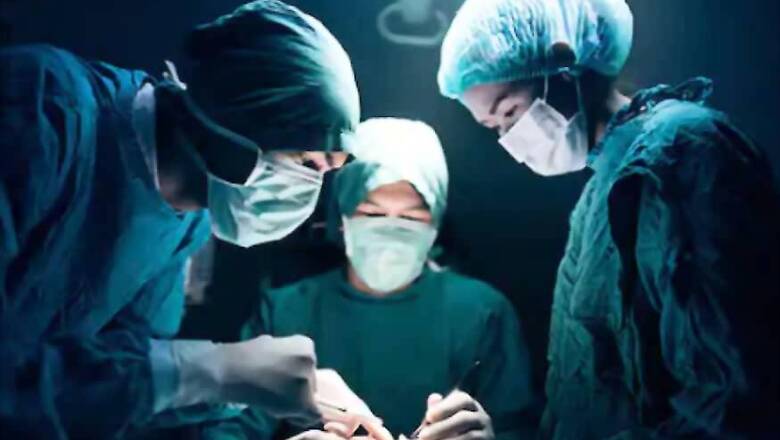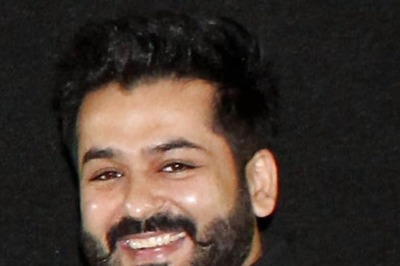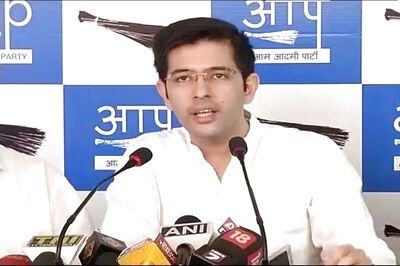
views
Doctors at a Delhi hospital performed a minimally invasive, computer-guided brain surgery on a 33-year-old patient who had a space-occupying lesion in the centre of her brain which was causing minor hemorrhages repeatedly.
Performing surgery was extremely risky and despite being fraught with potential complications, the surgery was successfully completed by Dr Sonal Gupta, Director and Head, Neurosurgery, Fortis Hospital Shalimar Bagh, and her team of doctors in a span of five hours.
The patient presented with reduced mobility on the left side of her body. She had been suffering from repeated headaches and was feeling increasingly weak. An MRI revealed the presence of a mass in the centre of the brain.
Further medical evaluation revealed that the patient’s ‘headaches’ were actually small haemorrhages. Each time the patient haemorrhaged, the mass grew slightly bigger, increasing pressure in the brain and damaging the surrounding brain tissue.
The location of the mass made it risky to operate, as it left an eloquent area of the brain vulnerable to damage which, if affected, could lead to permanent paralysis, loss of speech or vegetative and semi-comatose state.
The patient and her family were exhaustively counselled about the risk associated with the surgery, post which they decided to go ahead with the same.
Dr Gupta said that so far only five such cases have been reported in the world literature and this is the largest such lesion reported so far.
“We adopted a minimally invasive approach so that we could minimise the risk of permanent damage. Computer-guided surgery provided us a straight trajectory to the lesion, and we were able to microscopically remove the mass. This prevented deviation which was imperative since even a slight movement to the left or right could have resulted in permanent paralysis,” she said.
Dr Gupta added, “Before the surgery, an MRI was done and the images of the same were uploaded to the computer. Through the advanced neuro navigational system, the patient’s head surface was matched with the computer MRI images. The navigation helped us decide the point of incision, and the angle from which to approach the mass.”
The neuro navigational system acted as a GPS, which was key in allowing the surgery to be successful, especially given its complexity, she said, adding that the post-operative period was smooth, and the patient was discharged on the fifth day post-surgery.
The patient, Pinky Sharma, said, “My family and I were very clear that we wanted to go ahead with the surgery despite all the risks. We understood that while minor bleeds were occurring now, one major bleed would result in immediate death.”
Mahipal Singh Bhanot, Facility Director, Fortis Hospital Shalimar Bagh, said, “We worked very closely with the family who was apprehensive as it was a risky surgery. We are very happy at the successful outcome of this case and our team will continue to work diligently as per global clinical protocols for the best possible results.”
Read all the Latest News and Breaking News here




















Comments
0 comment